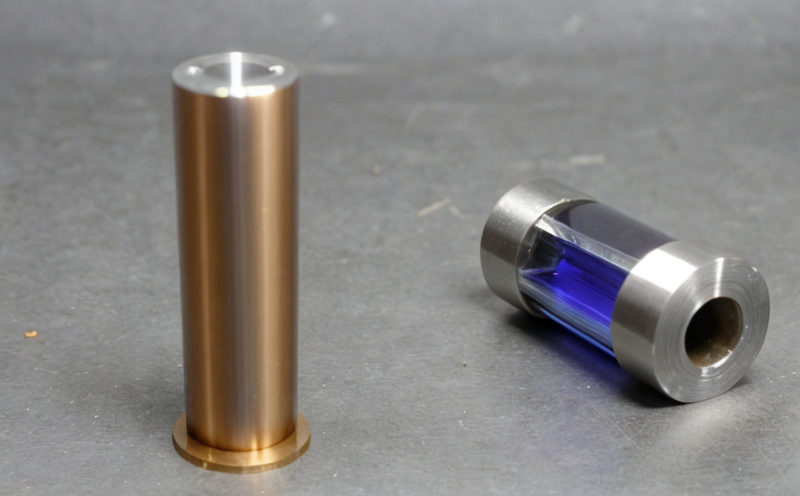Size change testing of upholstery fabrics after dry cleaning
Size change testing is a critical process in the textile industry to ensure that fabrics maintain their dimensions and appearance through various cycles, including washing, drying, and finishing processes. For upholstery fabrics specifically, this test ensures that the fabric maintains its integrity and size stability after being subjected to dry cleaning processes, which can involve high temperatures and solvent-based treatments.
Upholstery fabrics are exposed to a range of environmental factors during their lifecycle, from manufacturing to end use. Dry cleaning is one such process where upholstery fabrics undergo rigorous treatment to remove stains and odors without water. However, the harsh conditions involved in dry cleaning can lead to dimensional changes or shrinkage in some cases.
This service involves subjecting upholstery fabric samples to a specified dry cleaning process and then measuring any subsequent size change. The test aims to replicate real-world conditions where upholstery fabrics are likely to be exposed to such treatments, ensuring that the final product meets quality standards for customer satisfaction and durability.
Fabric shrinkage can impact the fit of upholstered furniture, leading to discomfort or poor aesthetics. By conducting size change testing after dry cleaning, manufacturers can identify any issues early in the production process and implement necessary adjustments. This not only enhances product quality but also reduces customer complaints and returns.
The test procedure involves preparing samples according to ISO 13938-6:2017 for upholstery fabrics. Samples are cut from the fabric, conditioned to a standard relative humidity and temperature environment, then exposed to a dry cleaning process simulating commercial conditions. Afterward, these samples are dried and measured for any changes in dimensions.
This testing ensures that the upholstery fabric remains dimensionally stable after being subjected to high temperatures and solvents during the dry cleaning process. The results provide valuable insights into the fabric's performance under real-world conditions, helping manufacturers optimize their production processes and ensure customer satisfaction.
In addition to dimensional stability testing, this service also includes a detailed analysis of the fabric’s shrinkage percentage. This information is crucial for quality control teams to make informed decisions about product specifications. Understanding how much a fabric can shrink after dry cleaning helps in selecting appropriate materials and processes that meet specific end-user requirements.
The significance of this test extends beyond just ensuring aesthetic consistency; it also plays a vital role in enhancing the longevity of upholstered furniture. By maintaining consistent dimensions, fabrics contribute to better overall product performance, which is essential for high-quality furniture pieces. This service ensures that upholstery fabrics not only look good but also perform well over time.
Why It Matters
Upholstery fabrics are subjected to various environmental factors throughout their lifecycle, making it essential to ensure they maintain their dimensions and appearance. Size change testing after dry cleaning is crucial for several reasons:
- Ensures consistent fit in upholstered furniture, enhancing customer satisfaction.
- Reduces the likelihood of fabric shrinkage leading to poor aesthetics or discomfort.
- Optimizes production processes by identifying issues early on.
The test results provide valuable data that can help manufacturers make informed decisions about material selection and process optimization. This not only enhances product quality but also contributes to better customer retention and overall brand reputation.
Applied Standards
Upholstery fabric size change testing after dry cleaning is governed by several international standards that ensure the reliability and accuracy of the test results. The primary standard used for this service is ISO 13938-6:2017, which provides comprehensive guidelines on how to conduct dimensional stability tests for textiles.
This standard specifies the procedure for conditioning the fabric samples, preparing them for dry cleaning, and measuring any changes in dimensions. It also includes criteria for reporting results, ensuring that all parties involved have a clear understanding of the test outcomes.
International Acceptance and Recognition
- ISO 13938-6:2017 is widely accepted in the textile industry and recognized globally for its accuracy and reliability. Compliance with this standard ensures that test results are universally applicable.
- This service's adherence to international standards enhances confidence in the testing process, making it easier for manufacturers to meet global market demands.





